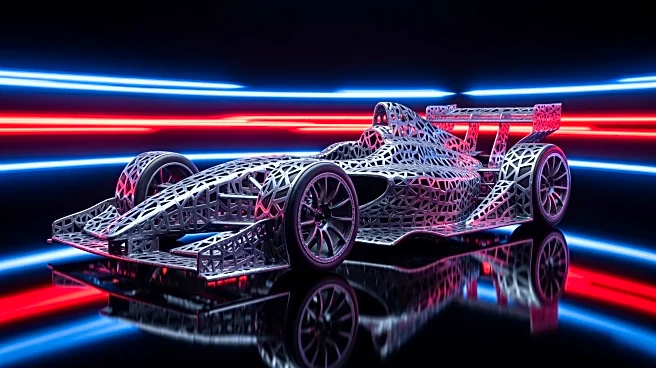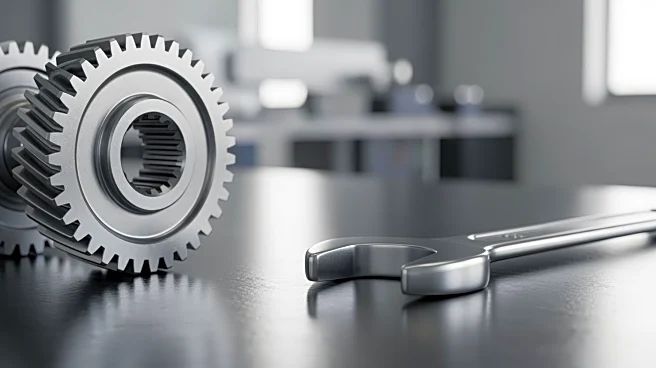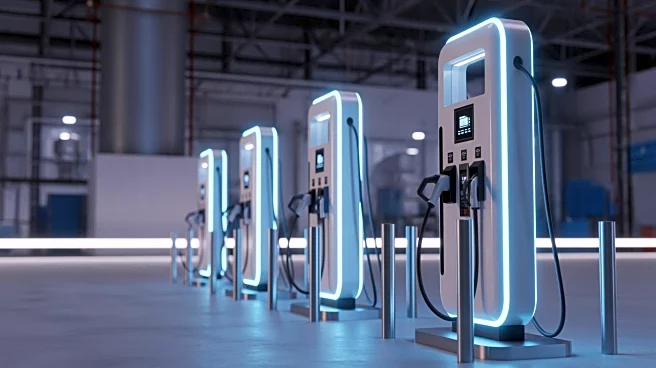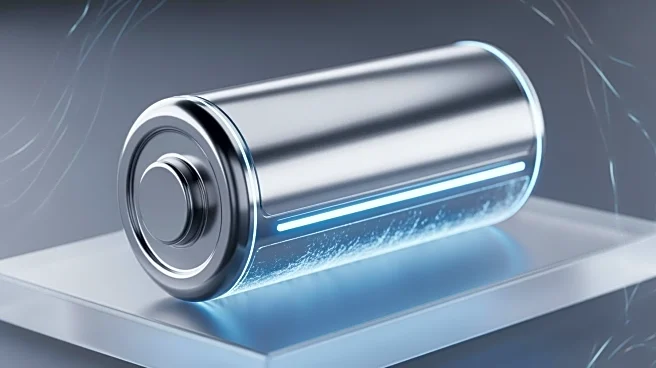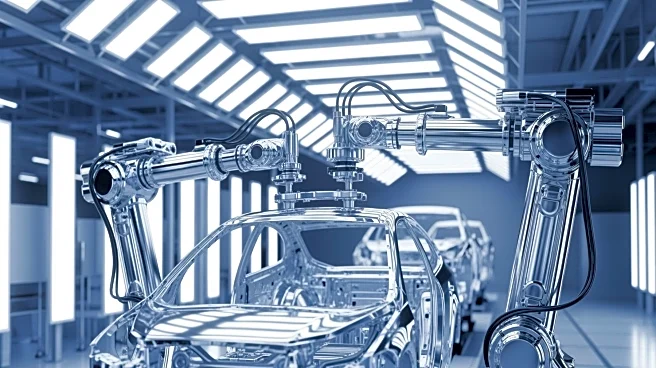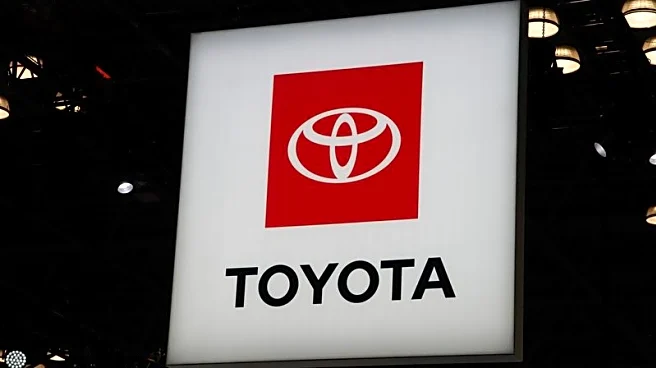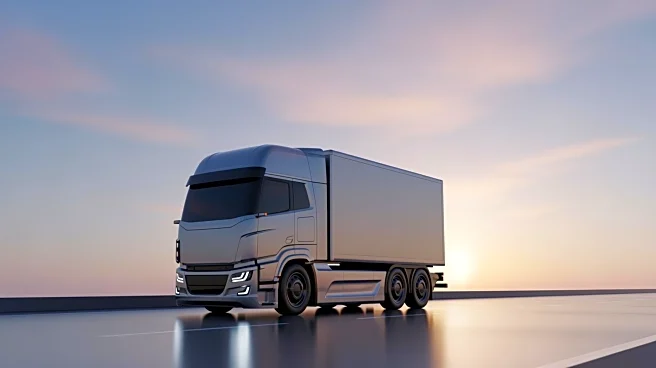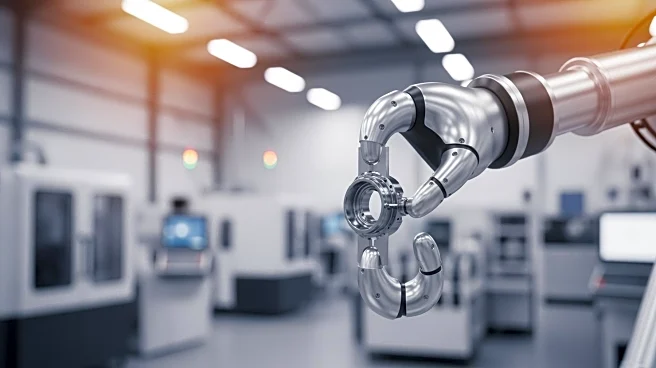What's Happening?
Toyota has introduced its bZ Time Attack Concept at the 2025 SEMA Show, held at the Las Vegas Convention Center. This battery-electric vehicle (BEV) is notable for its use of 3D-printed parts, which streamline
the prototyping process. The concept car is a sleek hot hatch that emphasizes eco-friendly technology, aligning with Toyota's history of promoting hydrogen fuel cells. The vehicle features a custom ECU, all-wheel-drive, and electric motors that deliver over 400 horsepower. Additional specifications include Alcon brakes with Hawk pads, TEIN coilovers, OMP HTE-R racing seats, and BBS racing wheels. Marty Schwerter, lead builder and director of operations at Toyota Motorsports Technical Center, stated that the project aims to explore new territories and demonstrate the potential of Toyota's BEV platforms.
Why It's Important?
The unveiling of the bZ Time Attack Concept highlights Toyota's commitment to innovation in the electric vehicle sector, particularly through the use of additive manufacturing. This approach not only accelerates the development process but also reduces costs and environmental impact. As the automotive industry increasingly shifts towards sustainable practices, Toyota's initiative could influence other manufacturers to adopt similar technologies. The concept car's high-performance capabilities also demonstrate that eco-friendly vehicles can compete with traditional combustion engines, potentially attracting a broader consumer base. This development is significant for the U.S. automotive market, which is witnessing growing demand for electric vehicles and sustainable manufacturing practices.
What's Next?
Toyota's exploration of additive manufacturing in electric vehicles may lead to further advancements in the industry. The success of the bZ Time Attack Concept could encourage Toyota to integrate 3D printing technology into more of its production models, enhancing efficiency and sustainability. Other automakers might follow suit, leading to a broader adoption of these technologies across the industry. Additionally, the concept's debut at the SEMA Show suggests that Toyota may continue to showcase innovative designs at future automotive expos, potentially setting new standards for electric vehicle performance and design.
Beyond the Headlines
The use of 3D printing in automotive manufacturing raises questions about the future of production jobs and the skills required in the industry. As companies adopt more automated and technologically advanced processes, there may be a shift in the workforce towards roles that require expertise in digital design and manufacturing. This could lead to changes in educational programs and training initiatives to prepare workers for new opportunities in the evolving automotive sector.
